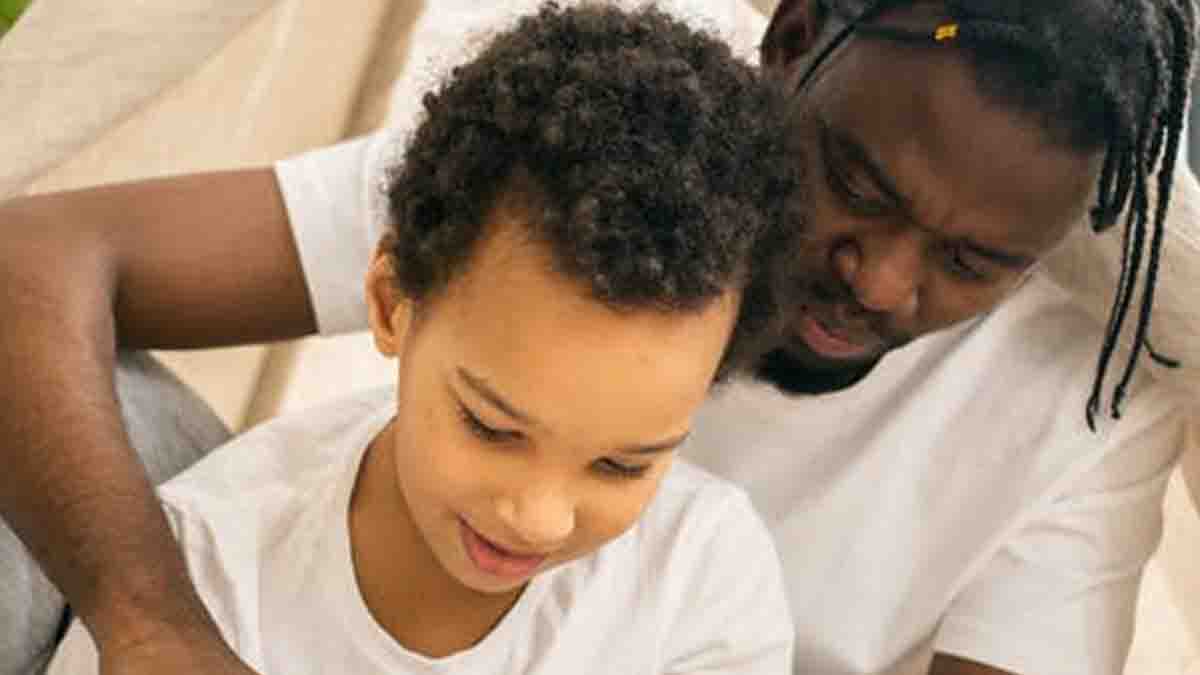At least once in life, we were told, “it’s better to give than to receive.” However, not all people recognize the importance of kindness and compassion. What benefits do we experience when we help others? Let’s find it out!
Why you should be kind to others
Helping those in need has a number of benefits. First of all, it feels really good. Some psychological studies have found that even small acts of kindness are linked to increased well-being.
Mental health experts say that providing aid to people can improve our self-esteem and encourage us to be more active.
Some evidence suggests that doing something for others promotes positive brain changes linked with high happiness levels.
Secondly, by being kind to someone, we create, maintain, and strengthen the social connection. In its turn, this helps to build a sense of belonging. Common activities also reduce isolation and make us feel less lonely.
Helping others makes the world a better place. Each act of kindness boosts the overall happiness and optimism of society. Other people tend to repeat the good deeds they’ve experienced themselves, contributing to a community.
As you see, by helping others, we help ourselves too. That’s why it’s important to learn how to do it early. Usually, children are taught this art at school. One of the most typical tasks teachers assign them is an essay about kindness.
Those who don’t know how to handle it can check the samples of so-called helping others essays for students online. These samples published on special websites can make writing a paper much easier.
You can see how to structure your work and what expressions to add to get the highest grade. However, there are also other ways of teaching students to help others. Check the most common of them below.
Read more: 5 Ways to Continue Your Education While Travelling Around the World
Teaching students to help others at school
Teachers can help students become kinder in multiple ways. The most effective ones are listed in this article.
Be a role model:
Educators say that one of the best approaches to teaching kindness in the classroom is to become a role models for them. Students always look to teachers as examples and follow their behavior patterns.
So, for instance, by introducing and expressing gratitude to a custodian, teachers can show what it means to be kind. After some time, kindness spreads students begin to thank school workers.
They start to treat the staff more respectfully, eager to help them and other people around.
Teach empathy:
Empathy is all about understanding others, which is a foundation of kindness. It promotes altruism and selflessness. To teach empathy, some teachers use a book called “The 7 Habits of Happy Kids.”
One of its chapters, — “Seek First to Understand, Then to Be Understood,” explains what it means to be empathetic and helpful.
It’s better to devote several months to learning this book so students understand the empathy concept and its relation to kindness.
Read more: 5 Easiest Languages to Learn for English Speakers (FAQs)
Celebrate kindness:
To make the educational process more fun, teachers organize so-called kindness weeks. During those weeks, classes are partnered up to send kindness cards and make good deeds for each other.
Students are encouraged to help cafeteria staff, deliver treats to school administration, and write compliments to each other.
Every instructor can form a list of kind deeds for students to follow. Most importantly, they must be a bit extraordinary.
Create a help center:
Almost every school has a help center for students. It’s usually run by administrators who have some pedagogical experience. But what if to delegate this responsibility to students?
Those youngsters that feel obliged to assist someone can learn how to be patient, encourage others, use kind words and demonstrate compassion.
If students turn to their peers for help, they can become better people and develop more understanding.
Create a challenge:
You’ve probably seen how popular challenges have become on social media. So-called marathons attract millions of people willing to test their abilities.
Teachers can use challenges as a tool for promoting kindness among students.
When one act of kindness is conducted between classmates, it can be passed to the recipients from another class and then to the next one until the entire school is involved in helping each other.
Read more: 10 Low-stress Jobs that Pay Well Without a Degree (Meaning, FAQs)
How books teach to help others
Literature plays a major role in teaching students how to help others. Check out short overviews of the best books on giving.
Ethics in the Real World: 82 Brief Essays on Things That Matter
In this book written by Peter Singer, the author explores many life challenges that we face every day. He discusses how every one of us can become more altruistic and positively impact the world.
Simple giving: Easy ways to give every day
This great work created by Jennifer Iacovelli inspires readers with the stories of how people are giving back in creative ways. The author offers different ways to brighten the lives of those we help while having a positive change in our own lives.
Mother Teresa: An Authorized Biography
This incredible book written by Kathryn Spink explains what drove Mother Teresa in her acts of kindness. The author tells how this legendary woman sacrificed her life for others and what impact she made on the world around her.
Awesome one; I hope this article answered your question.
Share this Information.
Editor’s Recommendations:
- Can I Reuse Essays for Scholarships? (Ideas, FAQs, Plagiarism)
- How to Make Friends as a Transfer Student (Reasons, FAQs, Steps)
- How to Become a Medical Doctor in Korea (Step by Step)
- 4 Best Jesuit Medical Schools in the US (Meaning, Duration, FAQs)
- What does “Rushing” mean in College? (Sorority, Fraternity, FAQs)
- 10 Best Ballet Schools in the World (Duration, Benefits, Worth)


